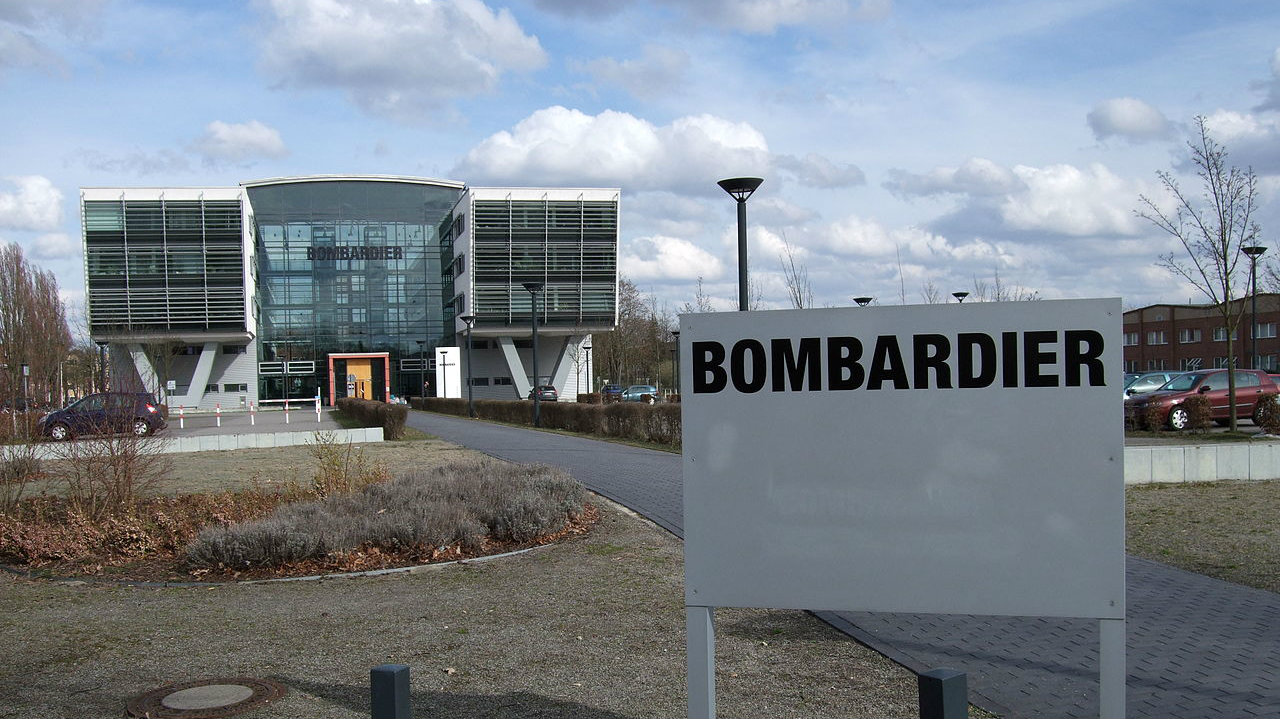With many in the financial media chalking up Bombardier, Inc.’s (TSX:BBD.B) decision to “sell” a majority stake in its CSeries plane program to Airbus SA for the rock-bottom price of $0 as a huge win, new developments relating to the decision of rival Boeing Co. (NYSE:BA) to enter talks with Brazilian firm Embraer SA (NYSE:ERJ) has rounded out a 2017 which has seen a full-on chess match take place between global aerospace players.
The Trudeau government has stood firmly behind Canada’s golden child and the Bombardier/Beaudoin families, deciding to order used fighter planes from the Australian military as a stop gap measure and as a $5 billion threat to Boeing. While this negotiation tactic has certainly ramped up the hostility between Bombardier and Boeing, questions are now arising as to how the global aerospace landscape may change in the wake of a potential head-to-head match-up between Boeing/Embraer and Airbus/Bombardier in the narrow-body plane space.
While an order cancellation of $5 or $6 billion may seem large for most firms (for Bombardier, this amount would be approximately equivalent to one-third of one year’s worth of revenue), Boeing has an order backlog of more than $450 billion, making this order a mere drop in the bucket (approximately 1% of the current backlog) for the manufacturer. From a strategic level, I believe Boeing has already written off the order as a cost of doing business and is likely to do whatever it takes to secure a partnership with Embraer to begin actively competing in this space.
What a Boeing partnership with Embraer will mean is unclear; however, it is clear that Boeing will need to pay a significant amount of money to secure a tie-up with the company once owned by the Brazilian government. Given the fact that Embraer was only privatized a decade ago, and the government continues to hold a “golden share” in the company, achieving Brazilian government approval is likely to entail continuing discussions for some time and a whole lot of premium on top of Embraer’s current valuation.
Whether Boeing ends up overpaying for a partnership with Embraer or not, I don’t see an outcome for Bombardier’s aerospace division that would be considered a “win.” The company’s rail division, the bread and butter of the company’s operations, should be the primary focus of investors, though most of the media attention Bombardier gets is for its airplane manufacturing/CSeries program.
In late September, I questioned whether the U.S. market would be out of reach for Bombardier. I’m now concerned that the global aerospace marketplace may be officially out of reach for the CSeries option long term.
In either scenario, investors should look to Bombardier’s rail division for more clarity on its long-term profit capabilities. With German train maker Siemens deciding to partner with French firm Alstom instead of Bombardier in 2017, it appears 2018 will need to be a year of partnerships for Bombardier, as the company will not be able to survive on its own.
Stay Foolish, my friends.







